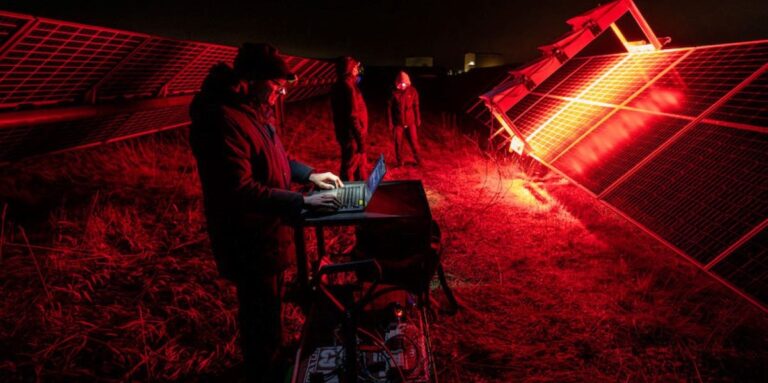The Sustainable Module Materials consortium (DuraMAT) has announced in its latest annual report the availability of new PV prediction tools and new research results towards the goal of more reliable PV modules.
The Sustainable Module Materials (DuraMAT) consortium, founded by the U.S. Department of Energy’s Solar Energy Technology Office (SETO), has launched its latest annual report with news about the availability of new PV prediction tools and new research into certain trends in module degradation.
DuraMAT reported the results of its focus on reliability forecasting in 2023, driven by the observation that the PV industry is “innovating so quickly that module performance in the field is no longer always a reliable indicator of what will happen in the future.”
“We awarded six projects this year under our Reliability Forecasting Call,” said Teresa Barnes, director of DuraMAT and researcher at the DOE National Renewable Energy Laboratory (NREL), in a press release.
The reliability prediction projects covered ultraviolet-induced degradation, the mechanics of glass breakage and degradation mechanisms in encapsulants, as well as how to analyze failure data more quickly. As a result, DuraMAT now has a range of software tools and data sets, some of which rely on quantitative modeling and rapid validation technologies. The tools cover topics such as mechanical models for materials, wind loading, fracture mechanics, moisture diffusion and irradiation, and are available in the DuraMAT Data Hub.
“Drawing insights from all these areas should give us the ability to predict the long-term reliability of new module designs,” Barnes said.
Two degradation mechanisms that received special attention from DuraMAT in 2023 are cell cracking and ultraviolet (UV) degradation. “Cracked cells pose a challenge to the solar industry because they can reduce production but often go unnoticed,” the team said. Studies have been conducted to quantify and address cell cracking.
“Researchers found that some newer modules with many rails, half-cut cells, and glass-glass encapsulation are more tolerant of cracked cells and less likely to experience power loss,” the report said. One result of the research is WhatsCracking, a free cell crack prediction application that helps create modules that are less sensitive to cell breakage. For example, by designing modules that rotate half cells at a 90-degree angle to reduce the chance of cracking under load, as reported in pv magazine. The WhatsCracking app is one of the tools in the DuraMAT Data Hub.
DuraMAT researchers also found that UV-induced degradation is a significant problem with certain high-efficiency products. “These results are important because the increased degradation related to UV exposure in modern cell types may offset some of the predicted gains from bifacial and other high-efficiency cells,” the team said, adding that DuraMAT will initiate new work to quantify this . kind of relegation in 2024.
The DuraMAT consortium, led by the DOE’s National Renewable Energy Laboratory (NREL), with participation from Sandia National Laboratories and Lawrence Berkeley National Laboratory, includes a 22-member board of solar industry professionals.
This content is copyrighted and may not be reused. If you would like to collaborate with us and reuse some of our content, please contact: editors@pv-magazine.com.


